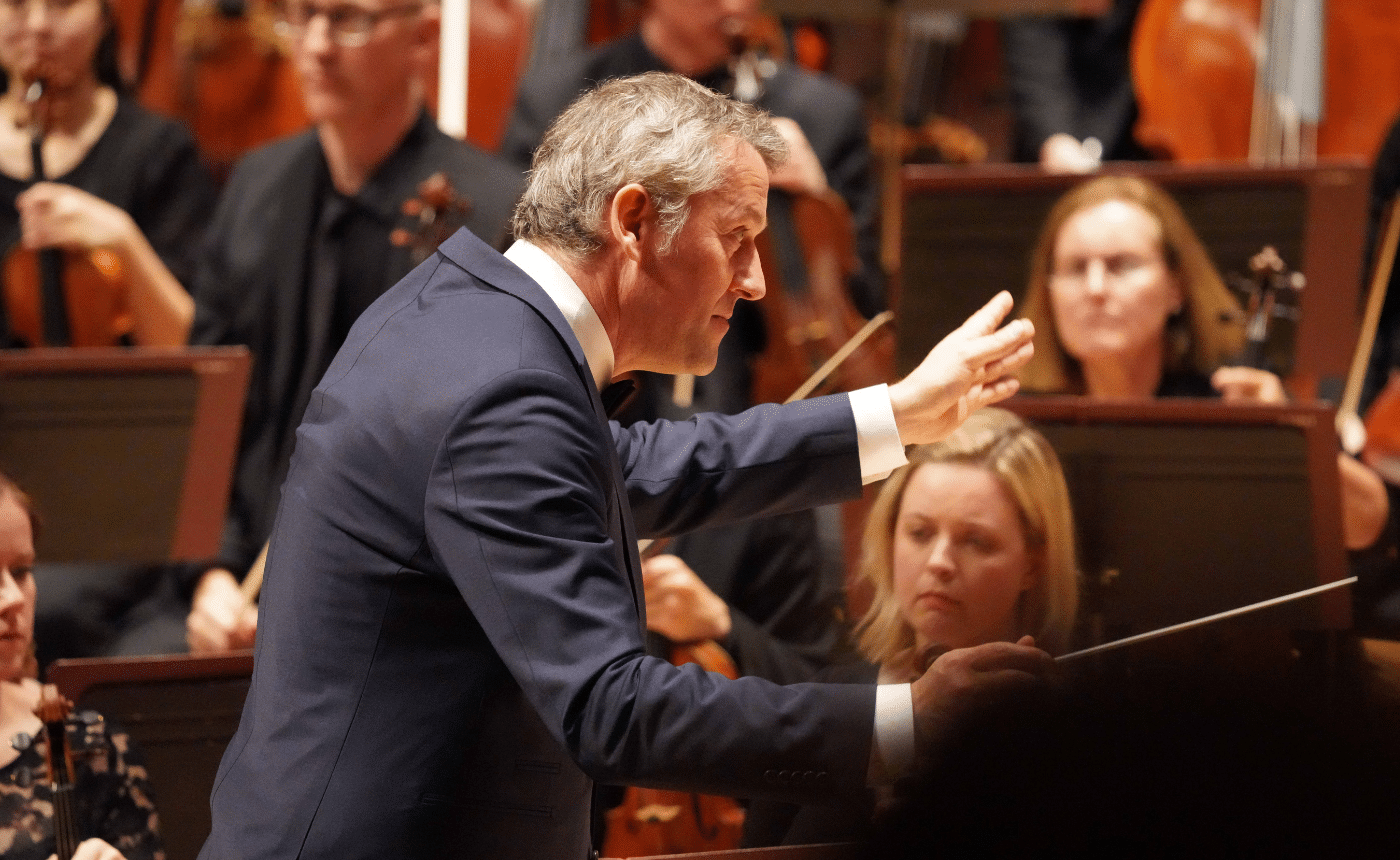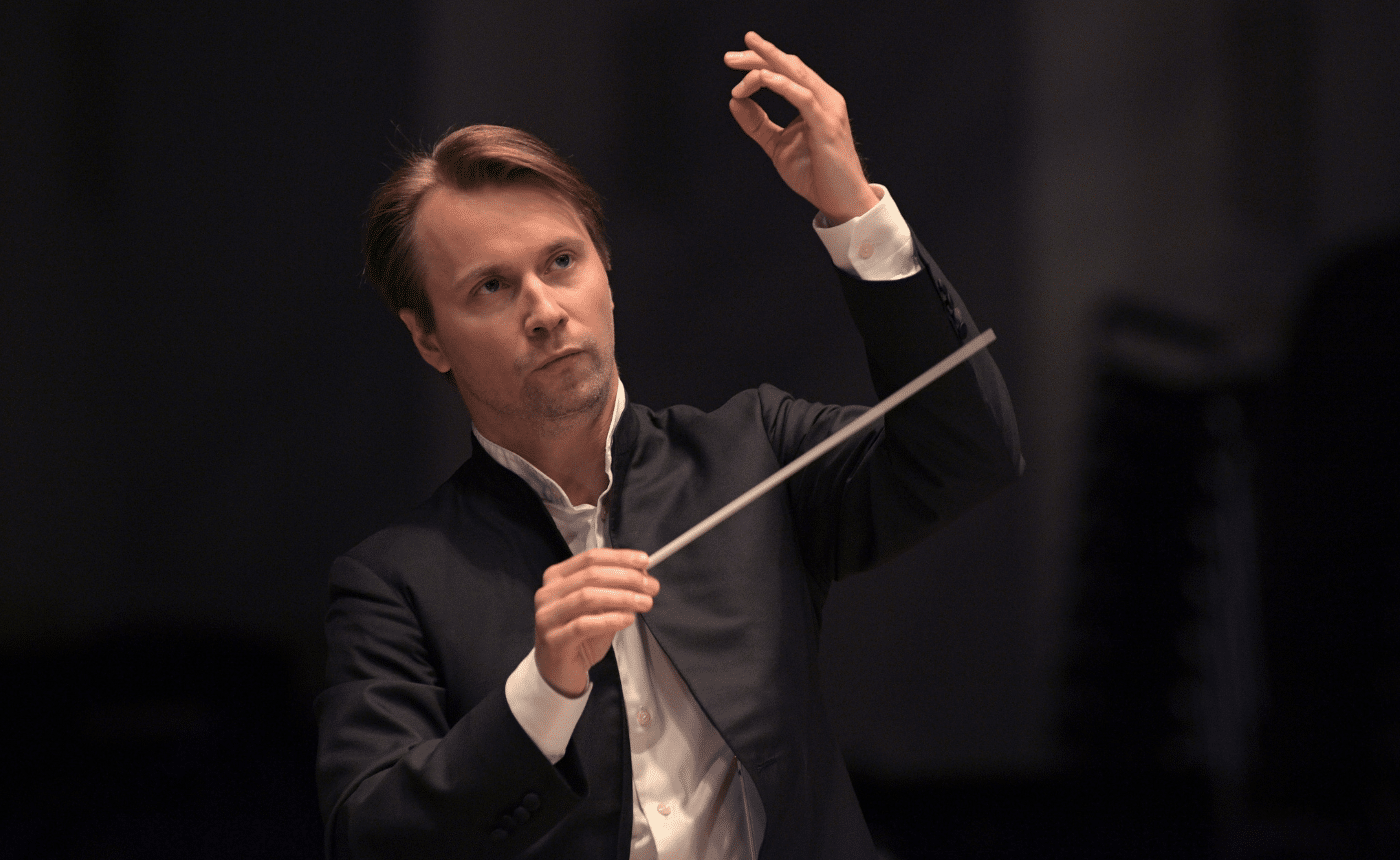DEBUSSY: Ibéria” from Images pour orchestre
Debussy’s musical imagination was especially sensitive to the visual world around him, and to the painter’s image. He was an informed enthusiast who knew such artists as Whistler, Toulouse-Lautrec and Gaugin personally. He also shared the attraction of French composers such as Ravel, Lalo and Bizet to the sunlit sensuality of Spain. Composed between 1905 and 1912, Ibéria is the second section of the suite Images pour Orchestre, which Debussy originally conceived as a work for two pianos. He soon realized that for the full range of coloristic effects he had in mind, only an orchestra — and a sizable one, at that — would do.
Debussy tried unsuccessfully to fend off the term “Impressionist.” Bit given the title and its sound of Images, we can hardly blame listeners for connecting it to the painters of translucency, light and joy — especially the shimmering Ibéria section. But the curmudgeonly Debussy, in describing his aims, called them “…what some imbeciles call ‘Impressionism,’ a term that is utterly misapplied, especially by the critics.”

Claude Debussy
In Ibéria we also hear the musical magnetism that Spain seemed to exert on French composers of the 19th and 20th centuries. Debussy was no exception, and like Saint-Saens, Debussy wrote tangy duets in the Spanish style, but Ibéria is something different. Here, more than in his compatriots’ music, Debussy combines customary Spanish fire and spice with Gallic elegance. His harmonies can even be described as cool, carved out of the seven-note “perfect” scale that he pioneered. They wander freely rather than resolving in pre-Wagnerian style.
Debussy asserted that Wagner’s murky, suspended harmonies were glorious, but not really applicable to other composers — a claim that seems odd as we listen to his own rambling progressions. Always, with Debussy, the best way to listen is without a map or plan in mind. Here, despite the unusually complex braiding of voices, the effect is simple to hear: glinting impressions of light and color that achieve, in the composer’s words, “an effect of reality.” The Spanish composer Manuel de Falla validated his success, crediting Ibéria with “echoes from the villages, a kind of Sevillana…which seems to float in a clear atmosphere of scintillating light; the intoxicating spell of Andalusian nights, the festive gaiety of people dancing…”











